The gilt fell off Saturday Night Live’s reputational gingerbread almost from the moment of its inception. Long before the arrival of Bob Woodward’s Wired: The Short Life and Fast Times of John Belushi (1984) — its antihero dead at the age of thirty-three — whatever luster the show had possessed had been well-nigh obliterated by a tide of scuttlebutt. The girls were (apparently) all bulimics and anorexics. The guys were coke fiends and egomaniacs. Misogyny (exemplified by Belushi’s dislike of sketches written by women) and back-stabbing were endemic; drug dealers sat in on the writing sessions. That this perpetual orgy of all-night burn-outs, fast white powders and men’s room set-tos somehow managed to realize at least a handful of genuinely high-end comic moments might now, nearly half a century later, seem a matter for wonder and congratulation.
The curious thing, in retrospect, and with due allowance for information not necessarily available at the time — see above — is the (comparatively) innocent sheen that glimmers off the early episodes. Belushi’s furious exuberance; Gilda Radner’s effervescent bounce; Laraine Newman doing her Valley Girl impersonations (“And I mean, I had to get super-reflective: I had to ask myself ‘Sheree, why do you want to be a stewardess?’”) If it was not so very far away from a high-school improv troupe, then this, in a certain sense, was what it was intended to be — a world of short-term alliances and merciless in-joking, solidarity and fracture, sparkle and drift. The only difference lay in the high-octane talents on display and the seriousness, at any rate in career terms, of what was at stake.
As for what was at stake, Susan Morrison’s long, exhaustive and — to be frank — over-indulgent biography of SNL’s “onlie begetter” quotes its subject as remarking, at the close of a Monday night writers’ meeting, “In any event, in five years none of this will matter, and some of them will have careers and some won’t.” No doubt it’s significant that Lorne Michaels himself should turn up in what posterity usually marks down as one of the classic, fourth-wall-busting early sketches. In the sketch, Radner and Chevy Chase are the innocuous suburban couple wondering how to pass their evening. The radio at their side brings news of an invasion of South American killer bees. Within seconds, Belushi, in black-and-yellow costume with twirling antennae, knife in mouth, is perched in the open window, as a swarm of bees pours into the apartment to demand of the “gringos” where the pollen-stash is hidden.
And so it goes on. Episode host Elliott Gould is the bee-chieftain, strongly supported by cast-members Garrett Morris and Dan Aykroyd. Jane Curtin is Radner’s Aunt Betty, whom the bees have taken hostage. About halfway through, just as Gould is delivering a lachrymose speech about life back in the village (“My people are poor people,” etc.) the camera pans to offer close-ups of the nonparticipating Belushi and Morris. Michaels, summoned on stage to repair the damage, eventually stalks off to have it out with a drunken director and is pictured slapping his face, while a Belushi voice-over solemnly informs us that this is the “last chance” offered to a wounded industry veteran.
Even then, there is a sting — no pun intended — in the tail. Michaels, Belushi insists, is firing “his own father.” But Lorne’s dad died of a pulmonary embolism when his son was fourteen in the wake of a flaming and unresolved argument.
A herculean endeavor, conceived on the grand scale, Lorne: The Man Who Invented Saturday Night Live, sets itself two tasks: where did its hero come from? And why is he so good at what he does? Naturally, the two enquiries are connected and their seedbed can be found in 1950s Toronto, where young Lorne Lipowitz — the name-change came when he was twenty-three — grew up transfixed by such titanic figures of postwar entertainment as Johnny Carson and Mel Brooks.
To the dead father could be added some serious mother issues — there is a hilarious account, much later on, of Mrs. Lipowitz and her son edgily exchanging Christmas presents — and a burning ambition to make it in showbiz.
From an early age, Lorne had the valuable knack of being able to look in both directions simultaneously, keeping an eye on what was new and happening while always venerating the gods of old-style variety. Even as a young man, he seems to have known what the middle-aged folks wanted while somehow managing to stay true to the ideals — if that is what they were — of the boomer generation that followed.
And how exactly does a Jewish kid from Toronto scramble his way up the greasy pole of early 1960s light entertainment? The initial push for stardom came by way of a comedy act with a trainee lawyer called Hart Pomerantz, but Michaels seems to have known that his best work would always be done offstage. There were writing stints for Phyllis Diller and Rowan and Martin’s Laugh-In, but by his mid-twenties he was already producing for the Canadian Broadcasting Corporation.
Then came a collaboration with Lily Tomlin for CBS, of which Ms. Tomlin sagely remarked, “Lorne had a lot of showbiz savvy. And he was hip, and that’s what we valued.” Morrison picks up this baton a few pages later when she notes that her subject, by now a habitué of such legendary Hollywood bunk-houses as the Chateau Marmont, “was as much an old showbiz buff as he was a young man in a hurry.” There were also hints, from Ms. T, that she was the stepping stone from which Michael jumped on toward Parnassus.
Saturday Night Live, commencing in the fall of 1975 and commemorated in a recent mythology-heavy movie, very nearly didn’t work, but righted itself to become the US TV phenomenon of the late 1970s, when the price of a thirty-second commercial leapt from $7,500 to a staggering $60,000. Morrison is good on Michaels’s sometimes ambivalent reaction to his prodigious success, his complaints about the less sophisticated jock audience brought in by Belushi’s frat-boy comedy Animal House and the demands of a household-name cast with secretaries and movie deals. Chevy Chase, in particular, does not come over well.
Morrison is also astute enough to realize that this is the part of Michaels’s career that matters. Certainly, her subject gets through a whole load of stuff after his early 1980s wilderness years, sidesteps into films, if not with any great success, has a finger in every late-night TV comedy pie worth the tasting, and at one point in the early 2000s controls NBC’s entire late-night operation, but there is a sense of diminuendo. As with rock and roll, a world with which Michaels has close connections, the real trails are blazed early on: the rest is consolidation.
As for the man himself, the thrice-married Michaels comes across as an amiable, self-contained kind of guy with a steely inner core, averse to confrontation but capable of sowing seeds of confusion through every hiring process and writers’ dispute he was ever involved in simply through a disinclination to come clean about his real intentions. Mike Myers was one among dozens of recruits who didn’t know whether they’d been given a job or not.
Some of the funniest bits of Morrison’s biography take in the stratospheric levels of name-dropping achieved by this friend of “Paul” (Simon and McCartney) and “Mick” (Jagger). Belushi once treated a reporter to his impersonation of Michaels keeping a guest waiting while he made some calls. “Nicholson, can you hold just a second? I have Mike Nichols on the other line. Mike, can you hold for a second? I’ve got Mick Jagger on the other line. Mick, I’ll be with you in a second…”
When he read about this, Michaels is supposed to have “gone nuts,” but there were other SNL trusties who wondered whether celebrity-schmoozing didn’t, in the end, have a vitiating effect, keeping Michaels up on deck when he should have been stoking the boiler down in the comedy engine room. “Where was the joy?” Jane Curtin wondered, of her boss’s friendship with Simon. “They outlived the joy.”
To which it might be added: was there ever anyone from the intensely introverted, if not entirely paranoid world of American showbiz who didn’t in some sense outlive the joy? The weakest bits of Lorne, it should be said, are the interleaving chapters which walk us through the great man’s professional week. Their awfulness lies in the uncritical, shading into sycophantic way they play up the legend (“Michaels stands about five foot eight, but his posture and nonchalant confidence belie his actual height. His eyes are close-set and dark, with a glitter of mockery. Crinkles sprout from the corners. The attitude he projects is perhaps best captured by a phrase that A.J. Liebling used to describe a wine: warm but dry, like an enthusiasm held under restraint.”)
There is a whole lot more of this portentousness — Michaels’s “four chief deputies,” his belief that silliness is “essential to the show,” the collective fawning on Jonah Hill — and the general effect is ultimately a little diminishing. I mean, how would Morrison treat Michelangelo or Tolstoy if they strayed beneath her lens? It’s no disrespect to this small-screen innovator, talent-fosterer and all-round cultural influencer, as well as subject of this frustrating, sometimes fascinating biography, to say that, really, you know, in the end, it’s only TV.
This article was originally published in The Spectator’s April 2025 World edition.



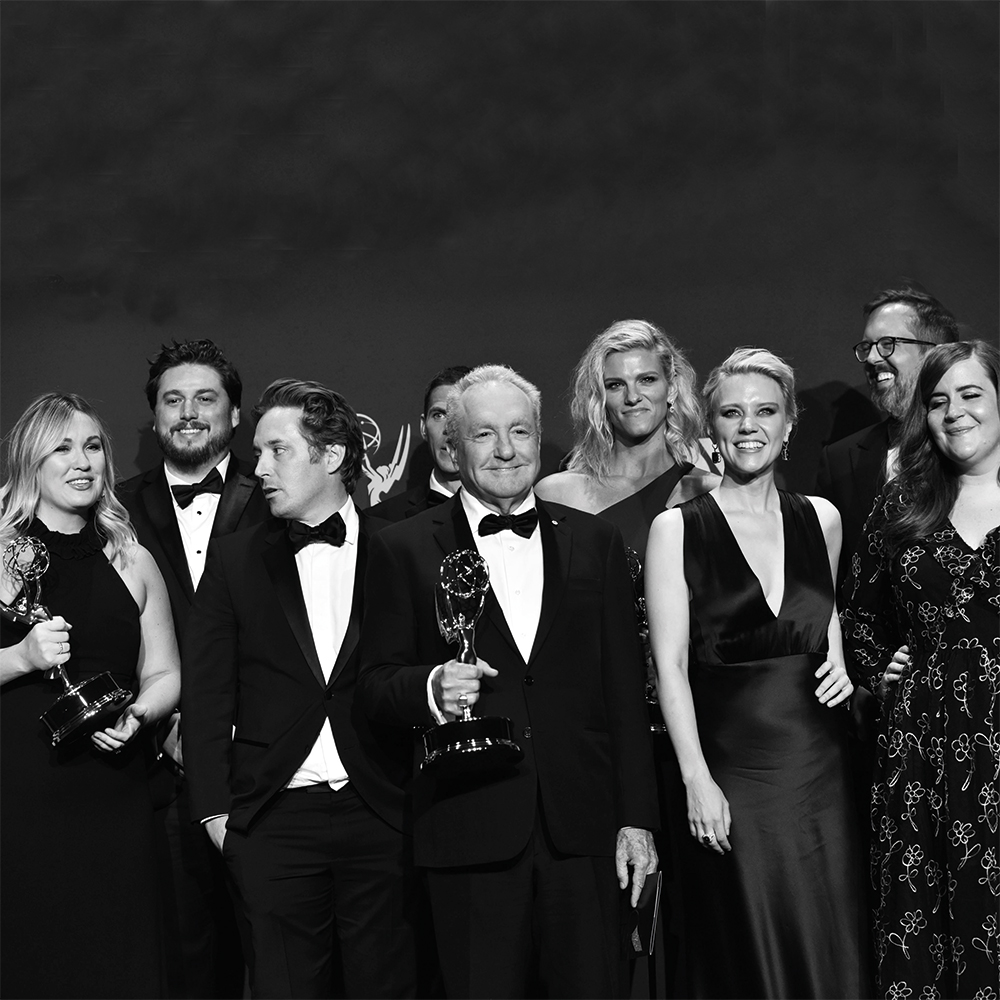







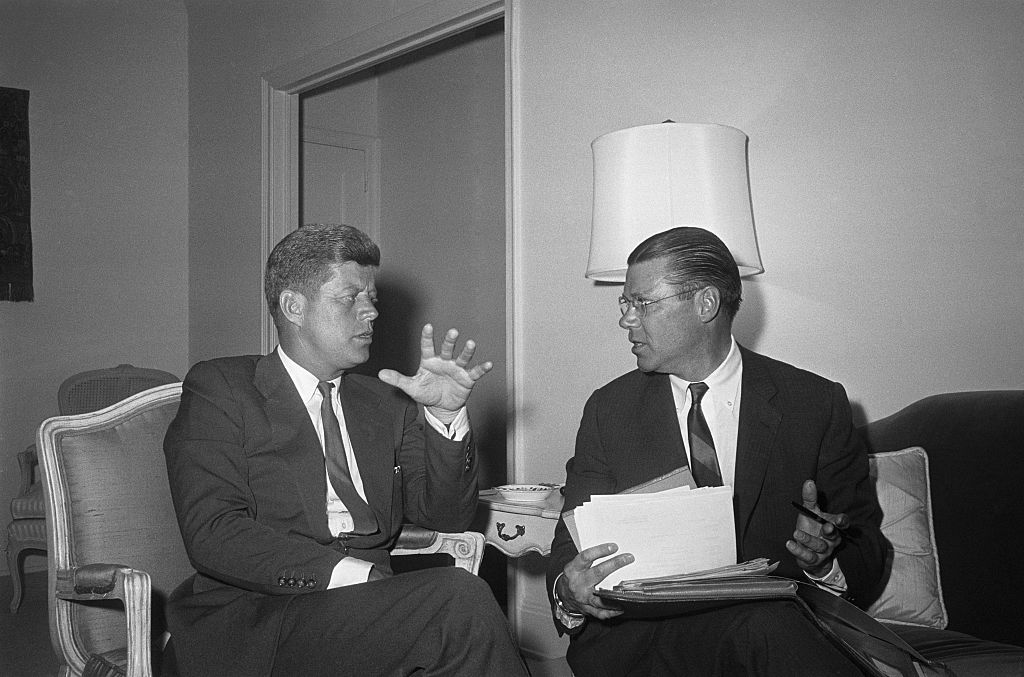

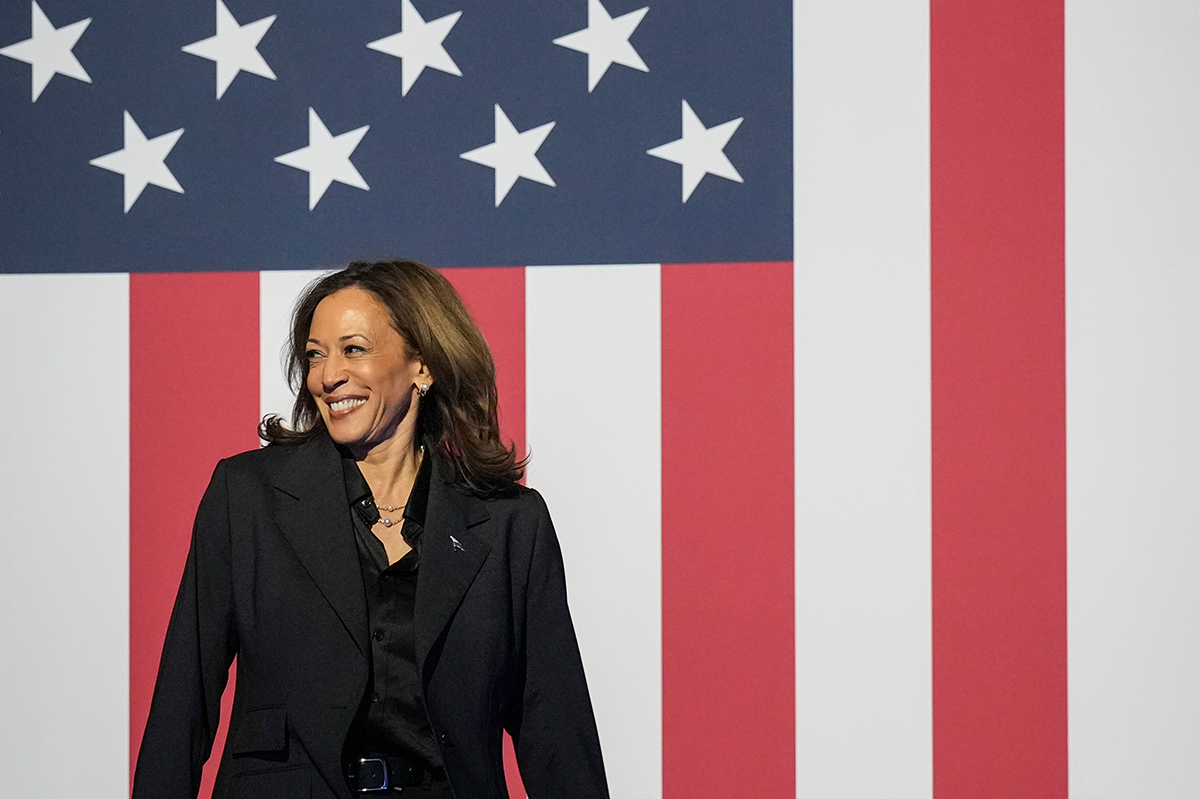

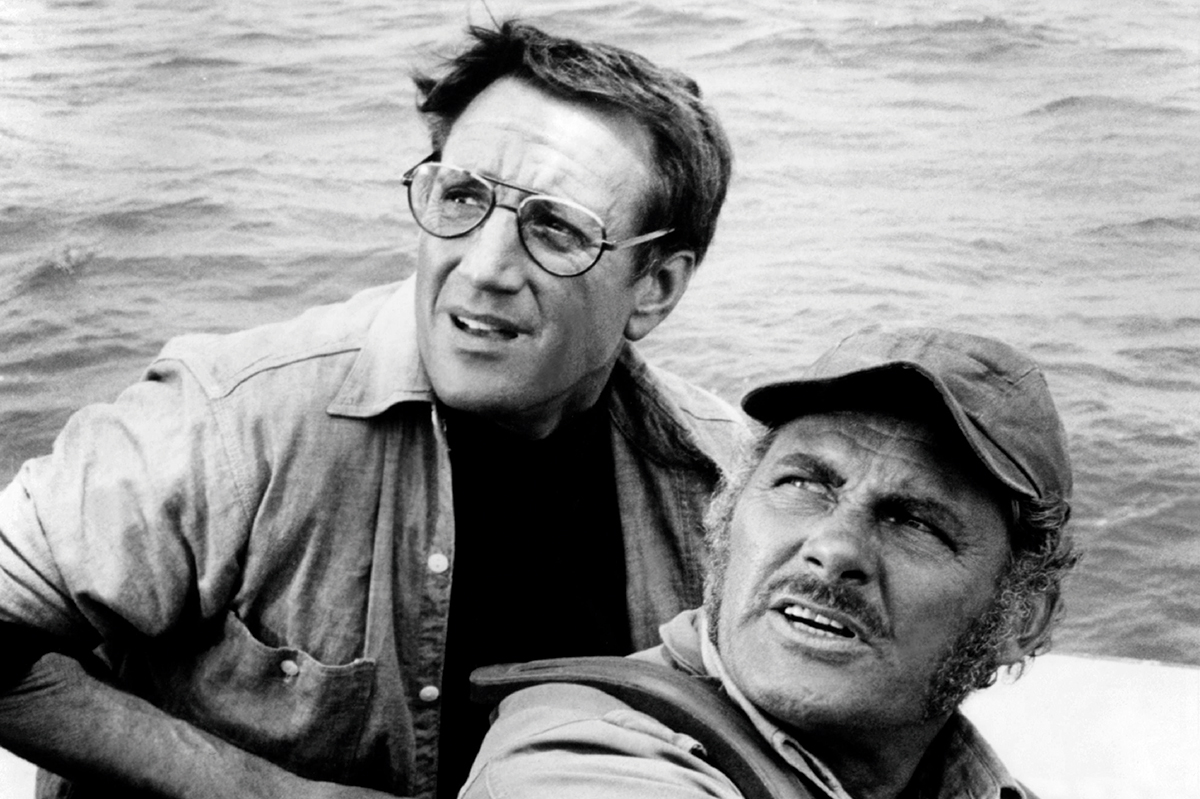

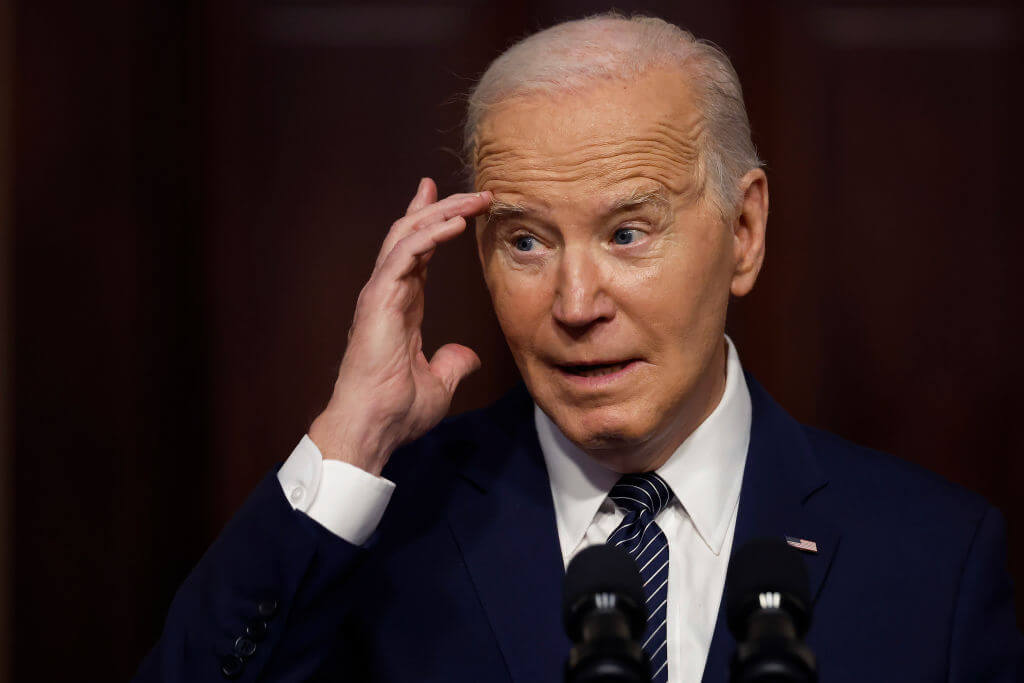


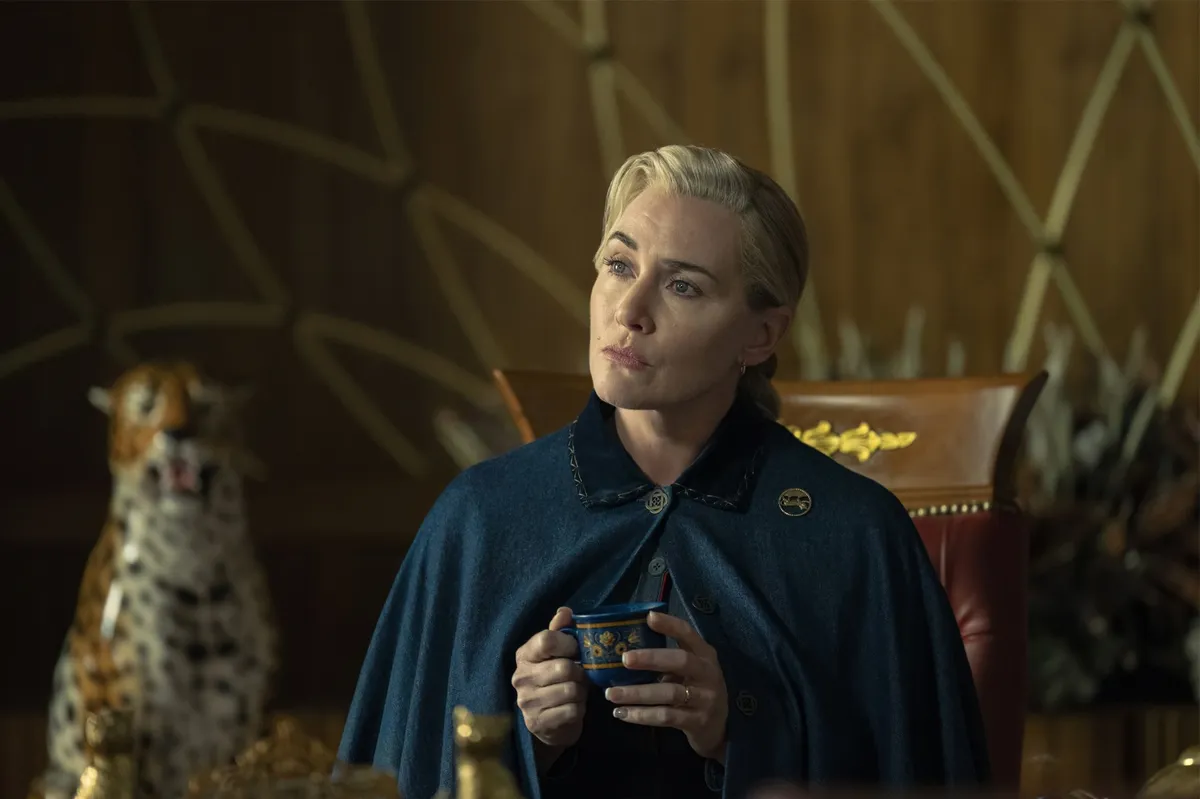
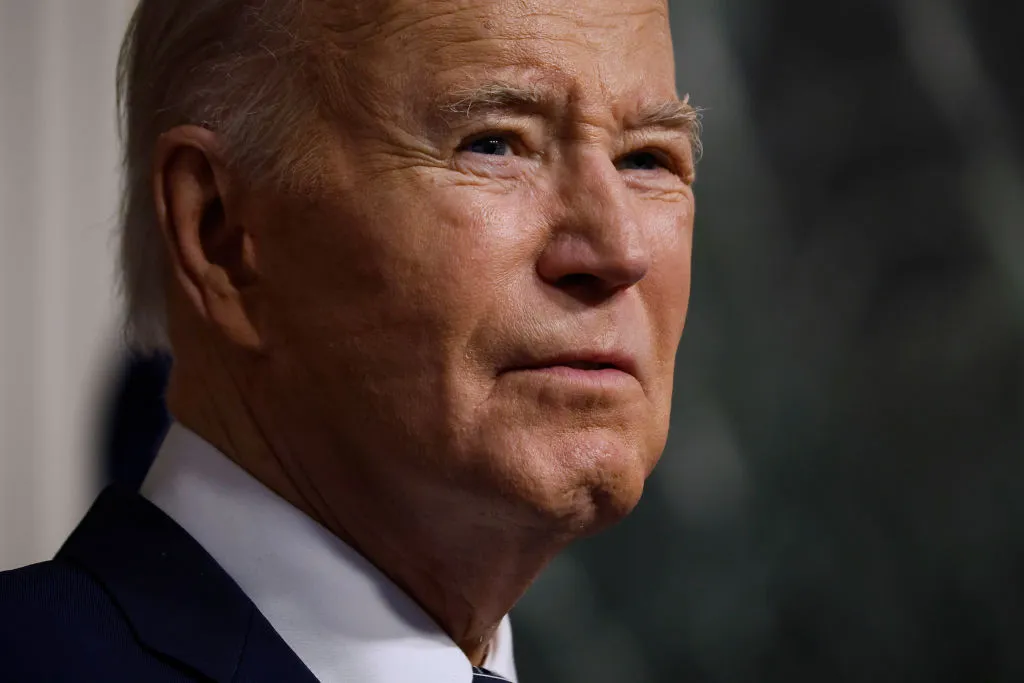

Leave a Reply